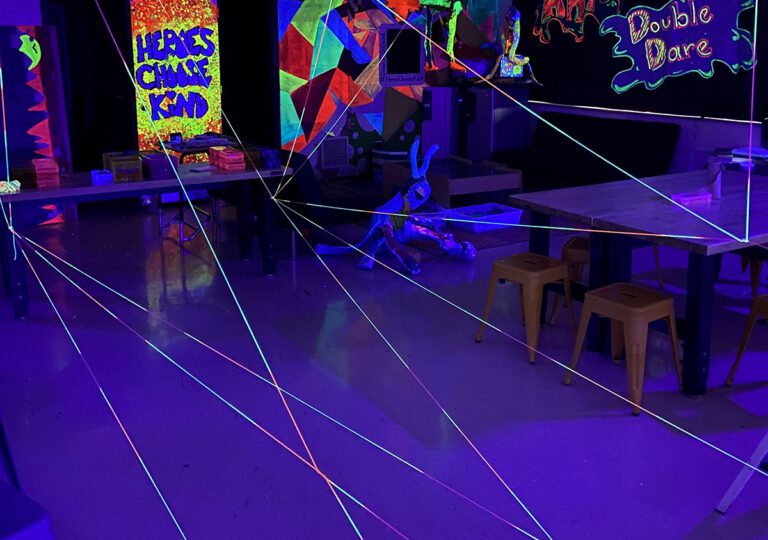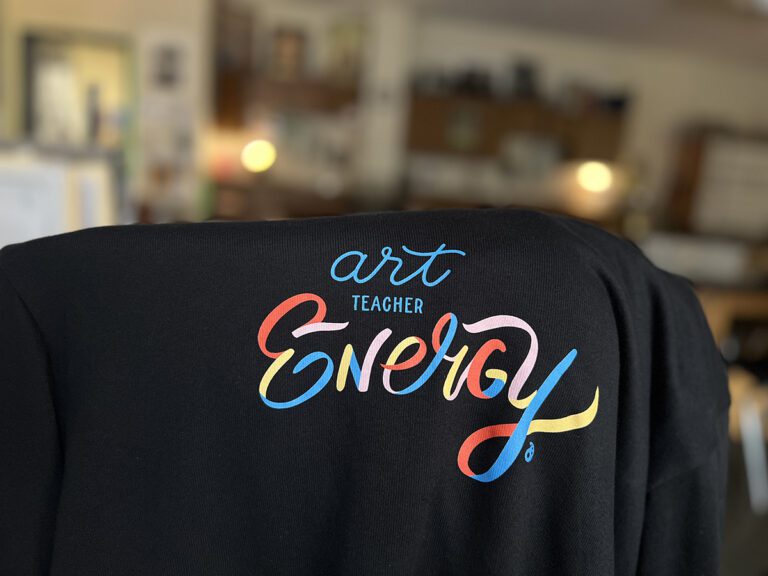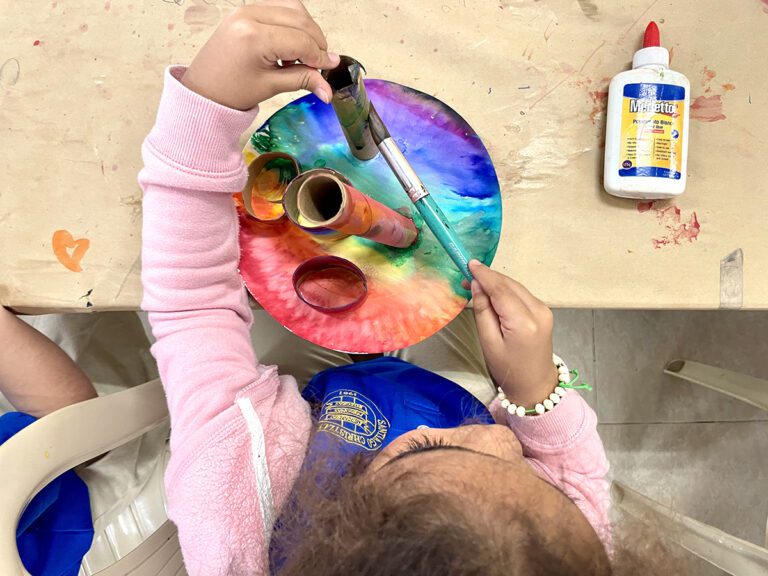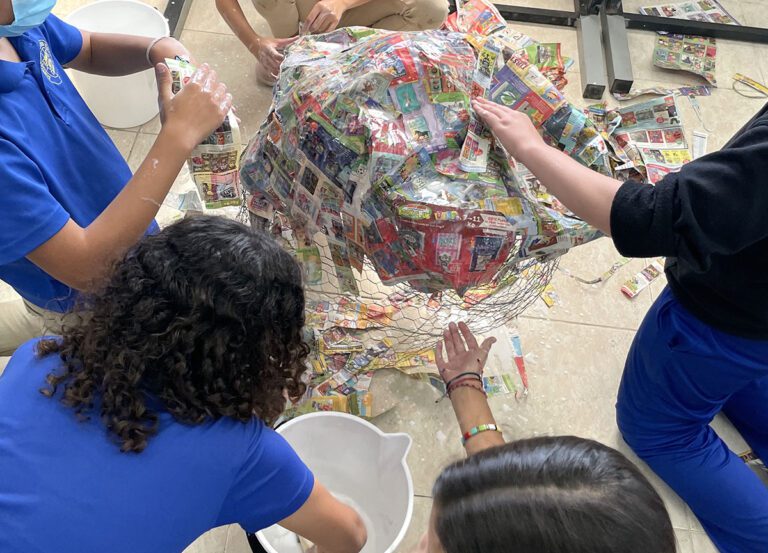The following article is written by an art educator working in a district that supports the LGBTQ+ community. The article is written from that experiential lens. We recognize that it may not be safe or permissible to engage in these discussions at your school. We encourage you to keep your safety, your students’ safety, your district regulations, and the parents in your community in mind at all times.
School is often the first place children learn insults that describe the LGBTQ+ community. When these insults and slurs are used in the classroom, often the only repercussion students receive from teachers is a warning. On the flip side, the victims are comforted by the “sticks and stones” adage. Teachers rarely confront the assumption that being gay or lesbian is an insult. And therefore, students fail to make a connection between the insults they use and the real-life individuals those insults describe.
The reality is our LGBTQ+ students need us to do better.
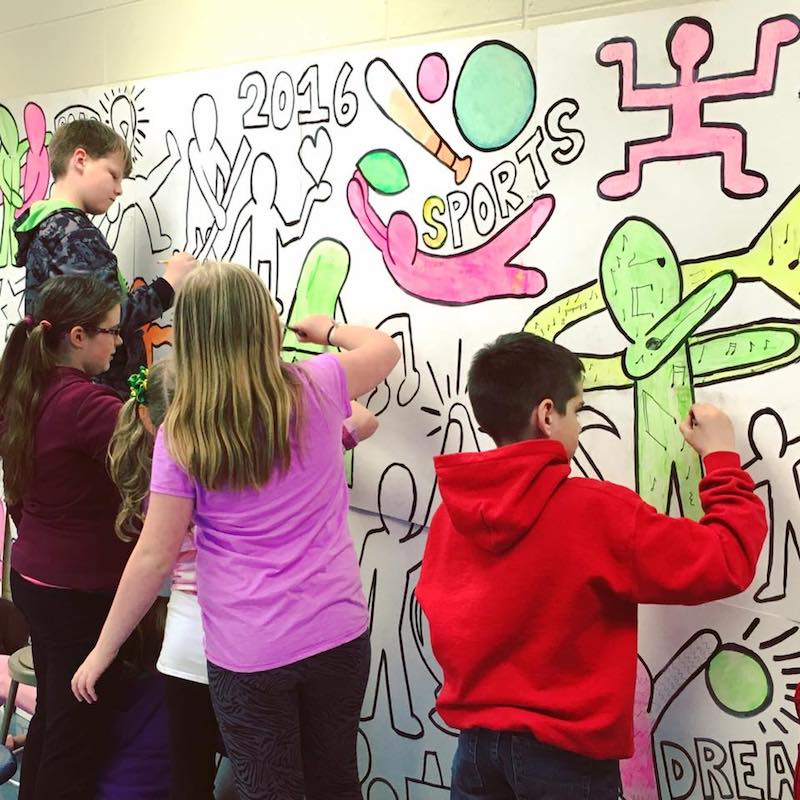
Bullying is an issue state legislators and educators have worked on to protect students at school. However, homophobia and LGBTQ+ discrimination have not shared the same attention.
Research shows that school is often a hostile place for LGBTQ+ students. 7 out of 10 LGBTQ+ students experience victimization at school for who they are. Harassment and victimization can negatively impact students’ academic achievement and psychological well-being.
To start, learn how to be an ally to your students.
There are a number of steps educators can take to create a safe environment for their students. The first is to establish a strict anti-harassment policy that includes sexual orientation and gender identity/expression. Start with clear expectations and consequences. Then, make sure to communicate them to your students and follow through when rules are broken.
In addition to creating these “hate-free” zones, it is also essential to educate students with information about the people affected by these insults.
Teachers may also choose to support school clubs such as Gay-Straight Alliances, and inform students of counseling services offered at the school, as well as community resources that pertain to LGBTQ+ youth issues. Although these actions directly affect students of the LGBTQ+ community, all students will benefit from building a safer classroom environment.
Then, make sure to include LGBTQ+ artists in your curriculum.
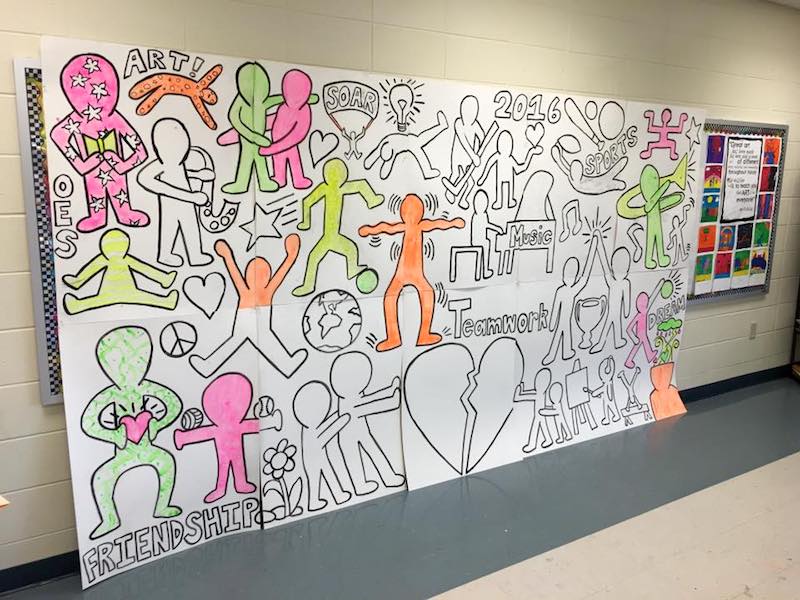
Often LGBTQ+ inclusion in the curriculum is reserved for health or sex education courses, implying that homosexuality is about sex, not about history, literature, science, or any other field of study. Unfortunately, school curriculum often does not include LGBTQ+ role models who have made contributions to history, math, science, social services, and the arts.
One of the most common ways to include LGBTQ+ issues in the curriculum is by mentioning the sexual orientation of famous gay, lesbian, and bisexual persons during the natural course of teaching. With an art class, this would be the inclusion of artists such as Andy Warhol or Keith Haring.
There are several creative ways to connect LGBTQ+ community issues to course content. By providing students with an opportunity to learn more about the LGBTQ+ community, teachers may encourage a better understanding of sexual diversity. This also allows teachers to present students who identify as gay or lesbian with information to which they may relate.
Final Thoughts
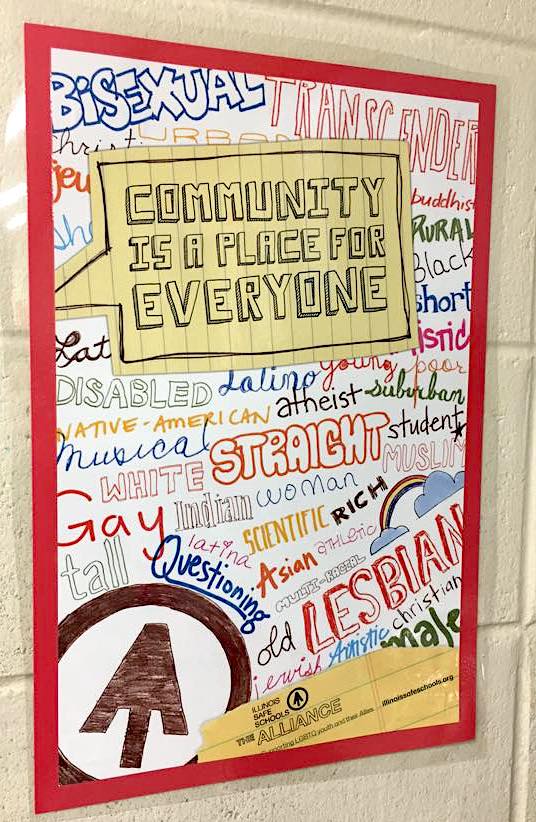
Homosexuality in education cannot be kept in the closet. Education is about the sharing of ideas and learning by making meaningful connections to course material. That learning is hindered when both educators and students are expected to deny an essential part of their identity. This denial causes a withdrawal from the learning experience.
By creating a safe and accepting environment for everyone, students can make those connections as unique individuals. School may be the only safe space a student struggling with these issues can turn to. That is why it is so important to address the LGBTQ+ community.
By providing students with positive role models and accurate information, educators are given an excellent opportunity to make a difference in the lives of their students. This opportunity is what every educator hopes for, and is possible by creating a safe environment for all students.
How do you support LGBTQ+ students in your classroom?
What steps have you taken to make your classroom a safe space for all learners?
Magazine articles and podcasts are opinions of professional education contributors and do not necessarily represent the position of the Art of Education University (AOEU) or its academic offerings. Contributors use terms in the way they are most often talked about in the scope of their educational experiences.


